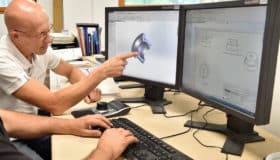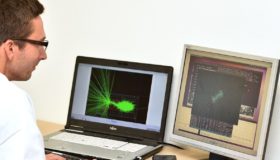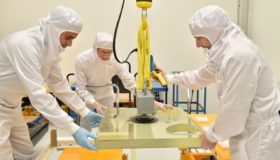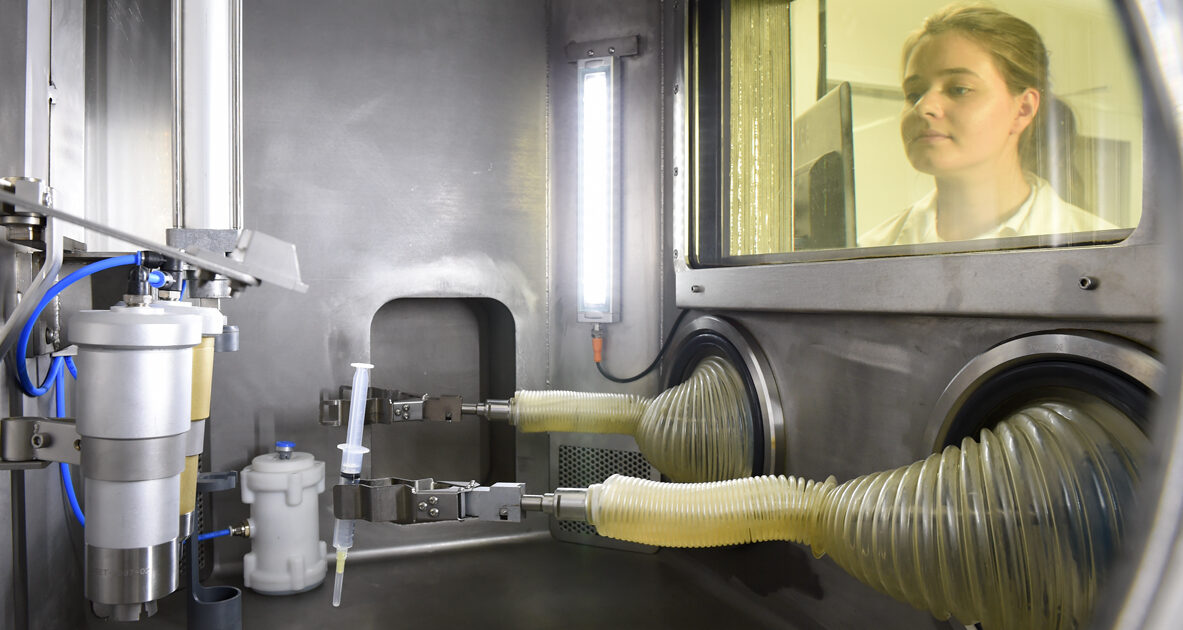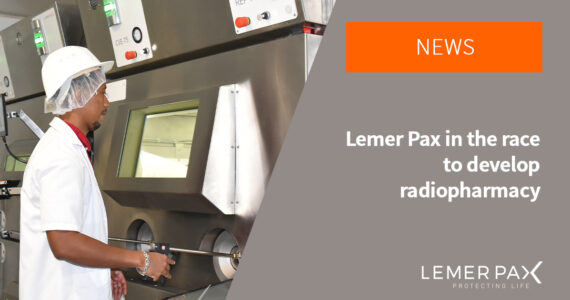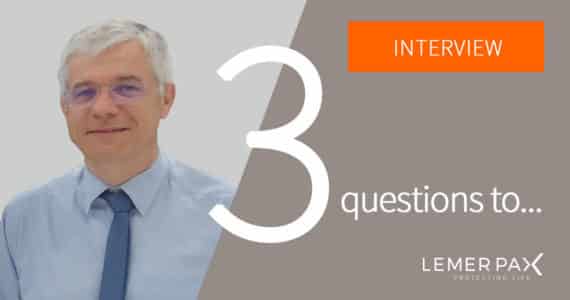Better understanding, prediction and treatment of cancers and neurodegenerative diseases: the example of the Frédéric Joliot Hospital in Orsay
THE PROBLEM: "DESIGN AN INNOVATIVE PLATFORM FOR THE RADIOLABELLED DRUGS MANUFACTURE"
Better understanding, prediction and treatment of cancers and neurodegenerative diseases. This is the main mission of the CEA, Frédéric Joliot Hospital Department (SHFJ), through its pioneering nuclear medicine department and its BioMaps (Multimodal Biomedical Imaging Paris-Saclay), located within the Orsay hospital.
The SHFJ is a recognised centre for medical imaging research, equipped to manufacture radiopharmaceuticals on site for positron emission tomography (PET) imaging. It has placed its trust in Lemer Pax since 1975, when the first Lemer Pax cyclotron and shielded enclosures were delivered. Every day, the technical platform for manufacturing radiotracers and radiopharmaceutical preparations for biomedical research produces compounds labelled for use in clinical or preclinical PET scans.
The shielded production equipment is placed in a class C environment to meet the required health and safety conditions.It must comply with the standards in force for the manufacture and syringing of PET radiopharmaceutical preparations intended for injection into humans during clinical trials using positron-emitting radioisotopes such as fluorine-18, carbon-11, gallium-68, copper-64 or zirconium-89, etc.
When it comes to long-term labelling for oncology protocols for the preparation of antibody or protein radiopharmaceuticals, zirconium-89 is used with a pharmaceutical class A back-up to carry out sterilising filtrations of the labelled radiopharmaceutical preparations, then doses are prepared for clinical trials. Zirconium-89 is a PET emitter with a long half-life, unlike carbon-11 and fluorine-18, which can be used to visualise the processes of enzyme synthesis and antibody incorporation.
